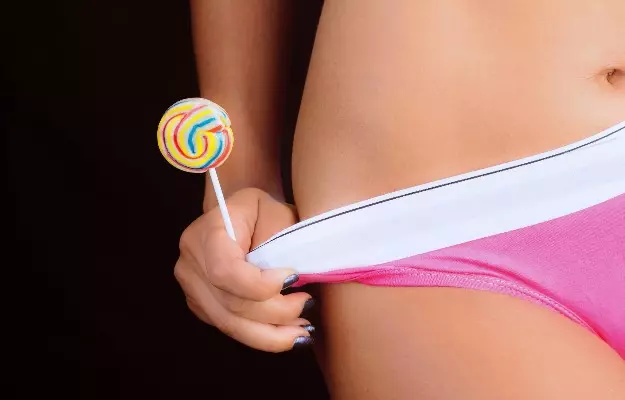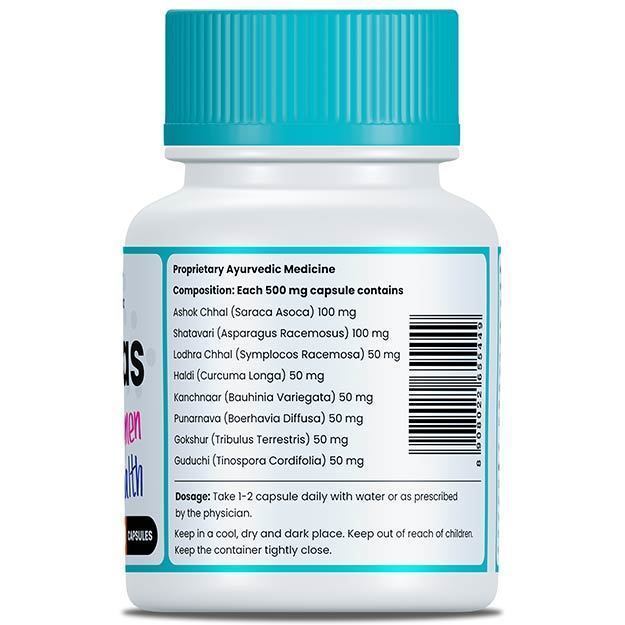Pubic hair make an important part of body’s insulation and protective covering. While some people like to go natural and don’t really trim down, there are others who can’t live a day without shaving those tiny growths every day. In fact, studies indicate that just like body hair, pubic hair removal has become an aesthetic trend among women, irrespective of age, colour and ethnicity.
Bikini wax is not really a new thing, but it is surely catching up with all sects of society. Being hairless is considered to be more clean and sexy. From waxing to trimming to hair removal creams, most hair removal options are available for your pubic hair as well.
But is it really necessary? Do you need to go through all of that fuss to remove something that is natural? After all, there must be a reason they are there right?
Gynaecology experts say that these hair follicles definitely protect your pubic area from infections, but it is also important to maintain hygiene down under, which is easier if you trim them down a bit. Excessive moisture and lack of hygiene make your hair prone to dermatophyte infections (fungal infections of hair) and vaginal yeast infections. This can be easily managed by regular trimming. Also, self-examination of your pubic area and vagina becomes easier with lesser hair.
This article explains all about pubic hair removal, covering some of the concerns, pros and cons of most common hair removal methods to help you chose what is best for you.





























